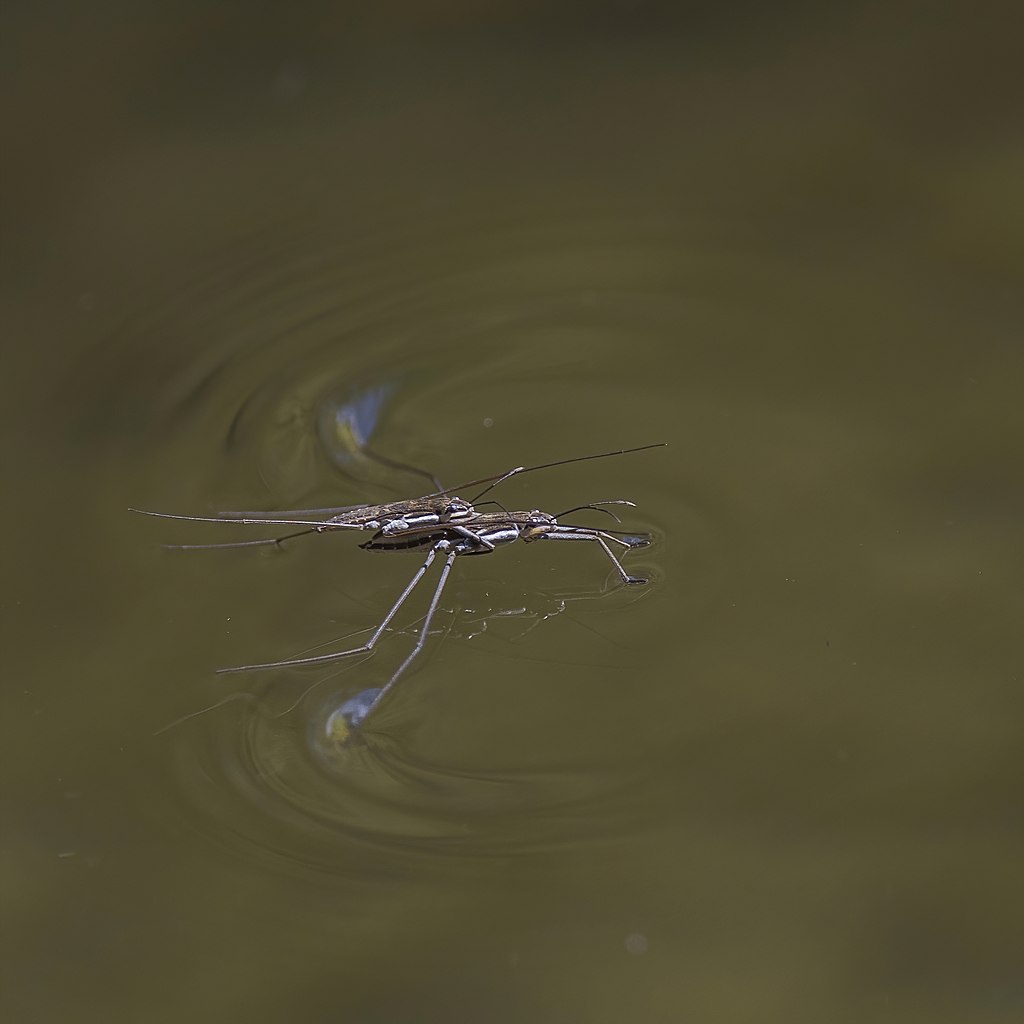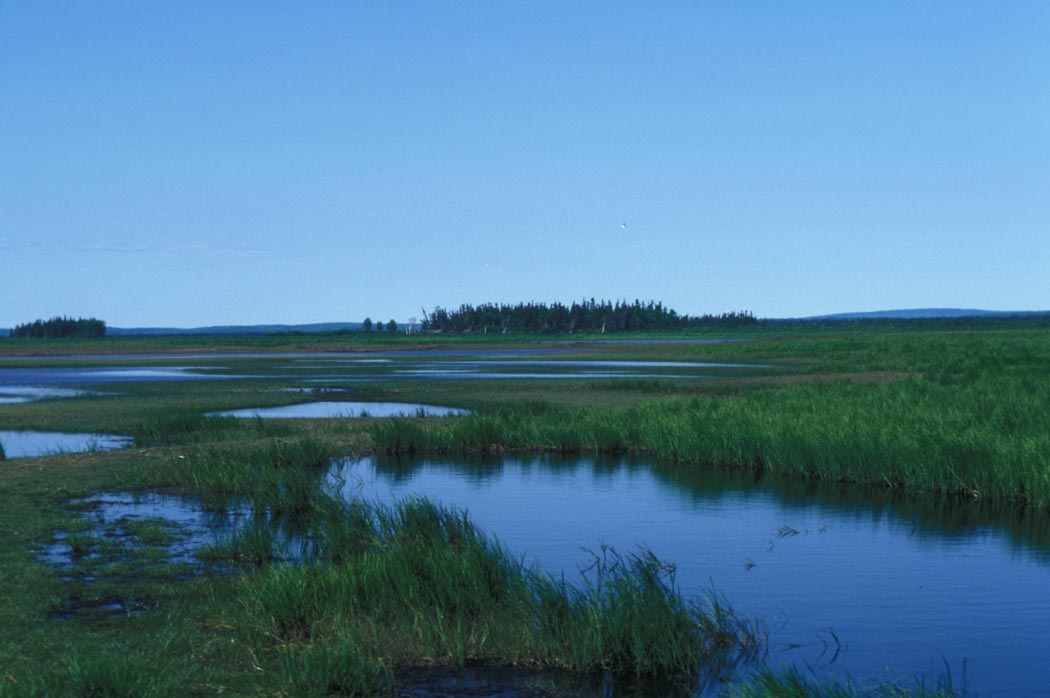
Did you know... You can find water using insects!
Using insects to find water can be a life saving technique in a survival situation. This is more so the case when other signs of water are hard to find. Looking out for the following may save your life;
1) Bees - Bee hives can be found in rocks, in tree stumps, in branches of trees and in hives situated on the ground. Bees usually build their hives within five miles of a water source. If you find a hive, you can observe which direction the bees are flying in and try to follow them. Alternatively, find a high vantage point close to the hive and look for dark green vegetation (a good sign of the presence of water).
2) Mosquitoes - These pesky insects breed in standing or slow moving water. If you happen on several swarms of mosquitoes, you must be close to a water source. Please be aware, stagnant water sources should be treated with caution. Make sure you filter and sterilise the water!
3) Ants - If you happen upon and ant hill, look out for a long line of ants. They may lead you to a water source. This could be a pool, pond or even a small resevoir of water trapped in a tree stump or within a rock formation. Again, all still bodies of water should be filtered and sterilised before consumption.
4) Flies - Flies are a very good indicator to the presence of water. In the vast majority of cases, flies will not be more than a hundred metres from a water source. Follow them to water.
When dealing with bodies of standing water (or even moving water in some instances), look around first. Are there a lot of dead fish or animals lying close to the water source? This could be an indicator that the water source contains chemicals, minerals or other toxins, making it dangerous for consumption. Stains and strong unnatural colours on the banks are another indicator of pollutants. Sources of pollution include pesticides, factory effluent and natural mineral content from ground source.
A further indicator is the lack of flora and fauna in or around the water source. Approach with caution!
The Bushgear Team.
Photo:By Charles J. Sharp - Own work, from Sharp Photography, sharpphotography.co.uk, CC BY-SA 4.0, https://commons.wikimedia.org/w/index.php?curid=109562852

